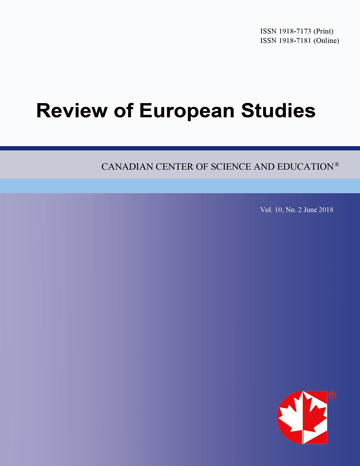Sustainable Tourism Management by Using Recreational Carrying Capacity Concept (Case: Mesr Desert in Iran)
- Maryam Sabokkhiz
- Fatemeh Sabokkhiz
- Kamran Shayesteh
- Jafar Malaz
- Esmaeil Shieh
Abstract
Deserts have a variety of potentials in ecotourism where comprehensive planning can lead to the sustainable development of the desert. Carrying capacity can have different partial definitions, especially depending on the economic, social and environmental dimensions. The set of these types of capacities can constitute the tourism carrying capacity. One of the distinguished deserts in Iran is Mesr, located in Isfahan province. The objective of this paper is to identify the optimum number of eco-tourists visiting Mesr desert, for the achievement of sustainable development in this area, based on the desert ecological potentials. Therefore organising and planning these potentials could raise the economical growth of the region. The carrying capacity of the area is assessed by using the methodology suggested by the IUCN. The capacities are assessed in three levels. With respect to these capacities in the planning process, the environmental damages prevent in the region and provide easy options for eco-tourism. It is necessary to survey the damaging factors that make the color of the sand to fade. After sampling of septic and non-septic sand, the outcome shows remarkable effect of insecticides on sand pigment. This implies more control on accommodation conditions.
 PDF
PDF
